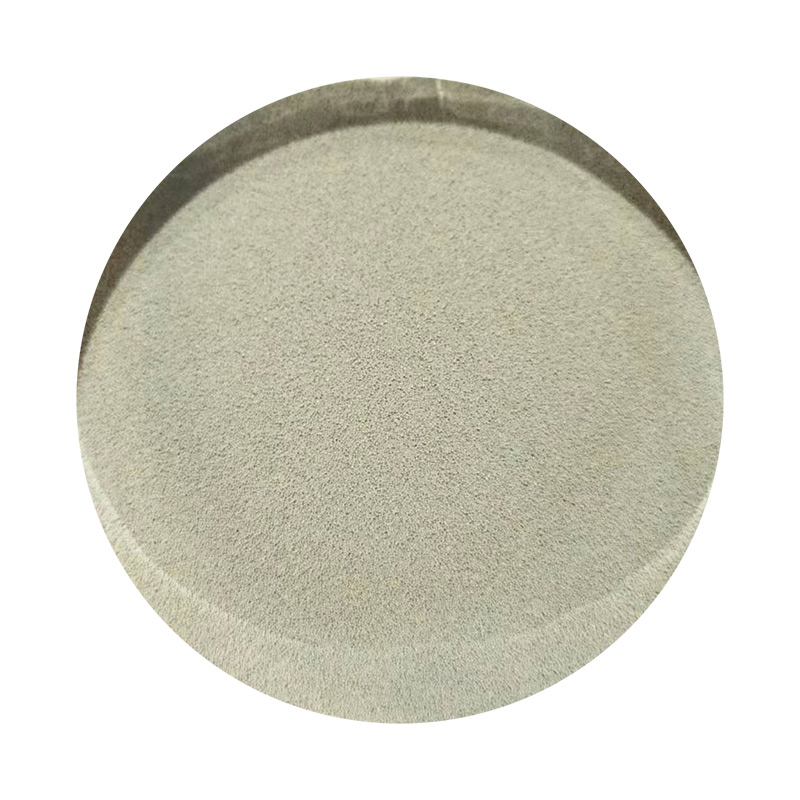Sand Casting Metal An Overview of the Process and Its Applications
Sand casting, also known as sand mold casting, is one of the oldest and most widely used metal casting processes. This technique involves creating a mold from sand, into which molten metal is poured to produce various metallic components. The simplicity and versatility of sand casting make it a popular choice in manufacturing industries for producing both large and small metal parts.
Sand Casting Metal An Overview of the Process and Its Applications
After the mold is prepared, the pattern is removed, leaving a cavity in the shape of the desired component. The next step is to pour molten metal into the mold. The metal is typically heated to a temperature sufficient to ensure fluidity, allowing it to fill the mold completely. Once the metal cools and solidifies, the mold is broken away to reveal the cast product.
sand casting metal

One of the significant advantages of sand casting is its ability to produce complex shapes and large components that might be challenging or expensive to create using other manufacturing methods. Sand casting is particularly useful for producing items in low to medium production volumes, making it ideal for prototypes, custom parts, and repair work.
Furthermore, sand casting accommodates a wide range of metals. Commonly used materials include aluminum, iron, and bronze. Each metal offers different properties, such as weight, strength, and corrosion resistance, allowing manufacturers to select the best material for their specific application.
Despite its many benefits, sand casting does have some limitations. The surface finish of sand-cast products is often rough compared to those produced by more refined casting processes. Additionally, tighter tolerances can be challenging to achieve in sand casting, which may require subsequent machining operations for precise dimensions.
In conclusion, sand casting is a fundamental metal casting technique that continues to play a vital role in manufacturing. Its ability to create complex shapes and accommodate various metals makes it an invaluable process for a wide range of applications, from automotive parts to artistic sculptures. As industries evolve, innovations in sand casting technology may further enhance its capabilities, ensuring its relevance in future metalworking.
Post time:Th10 . 04, 2024 03:48
Next:3D प्रिंटेड सैंडिंग टूलचे फायदे आणि वापर शिकवा
